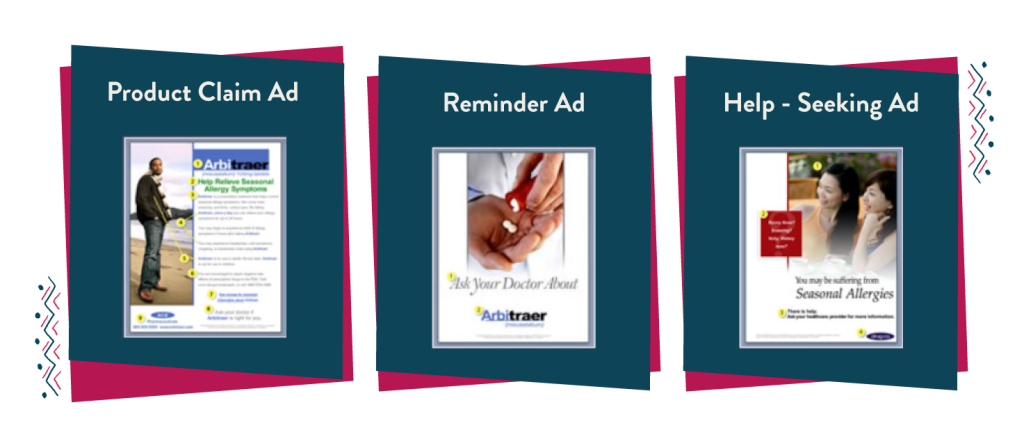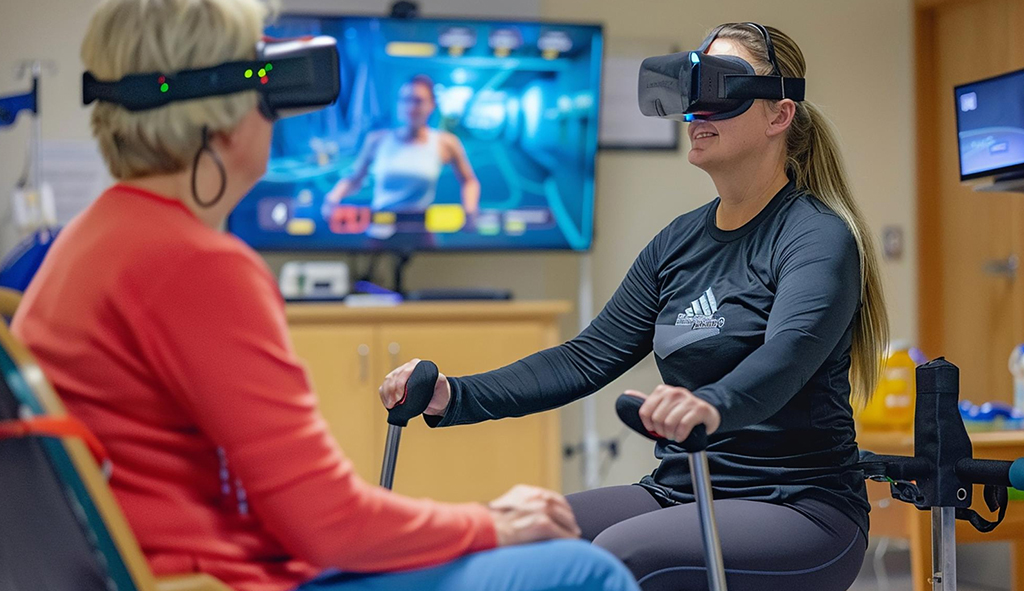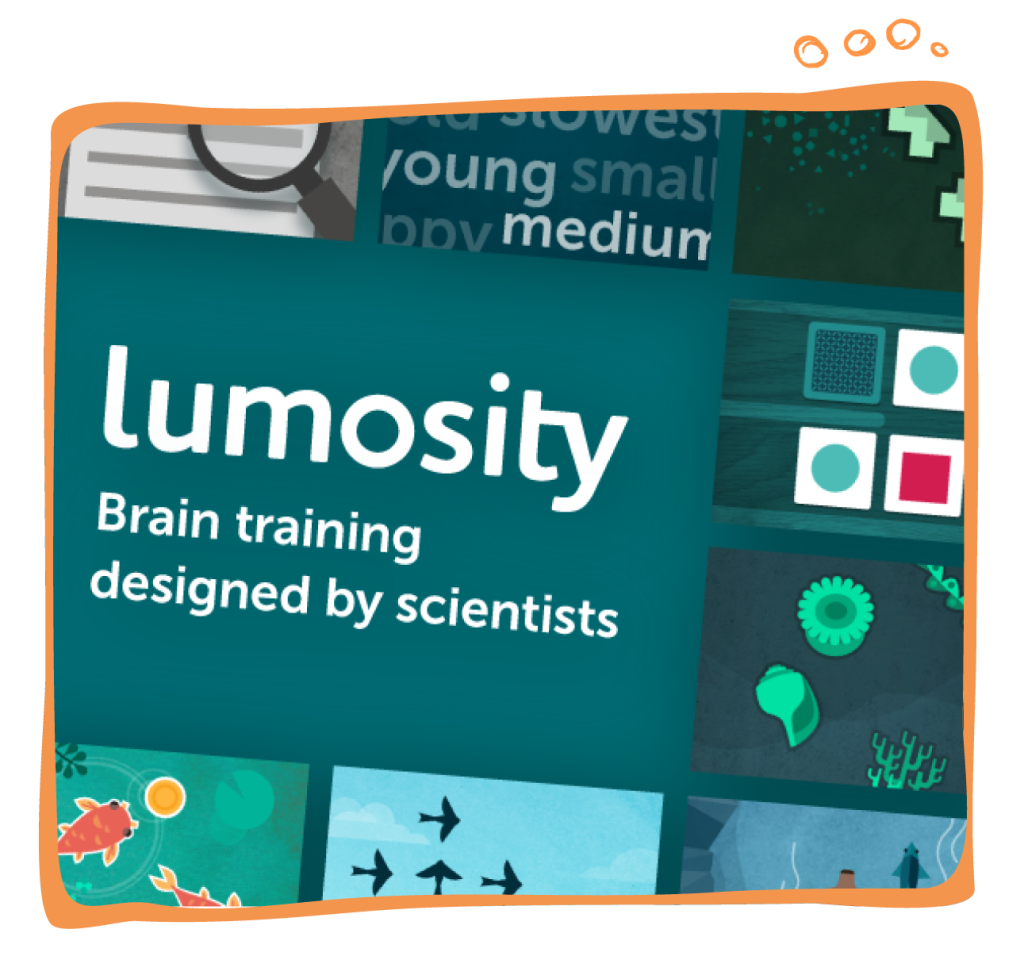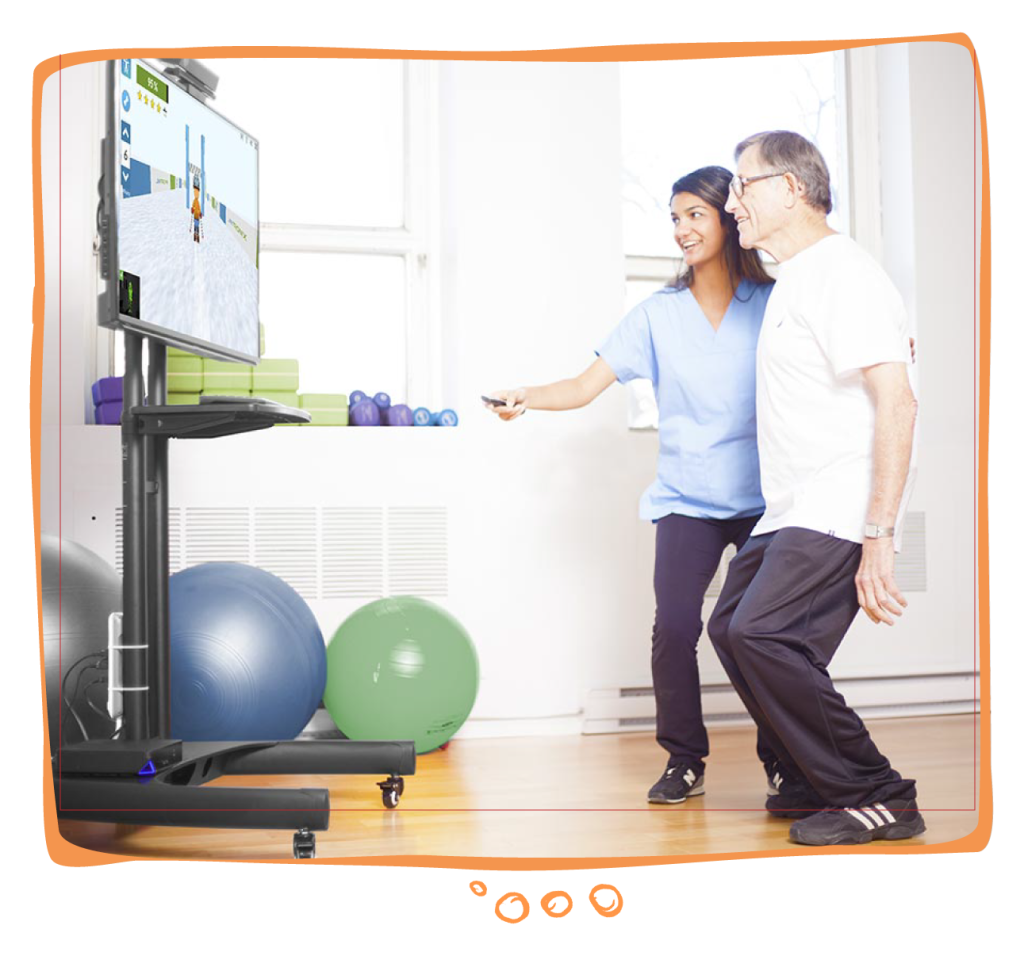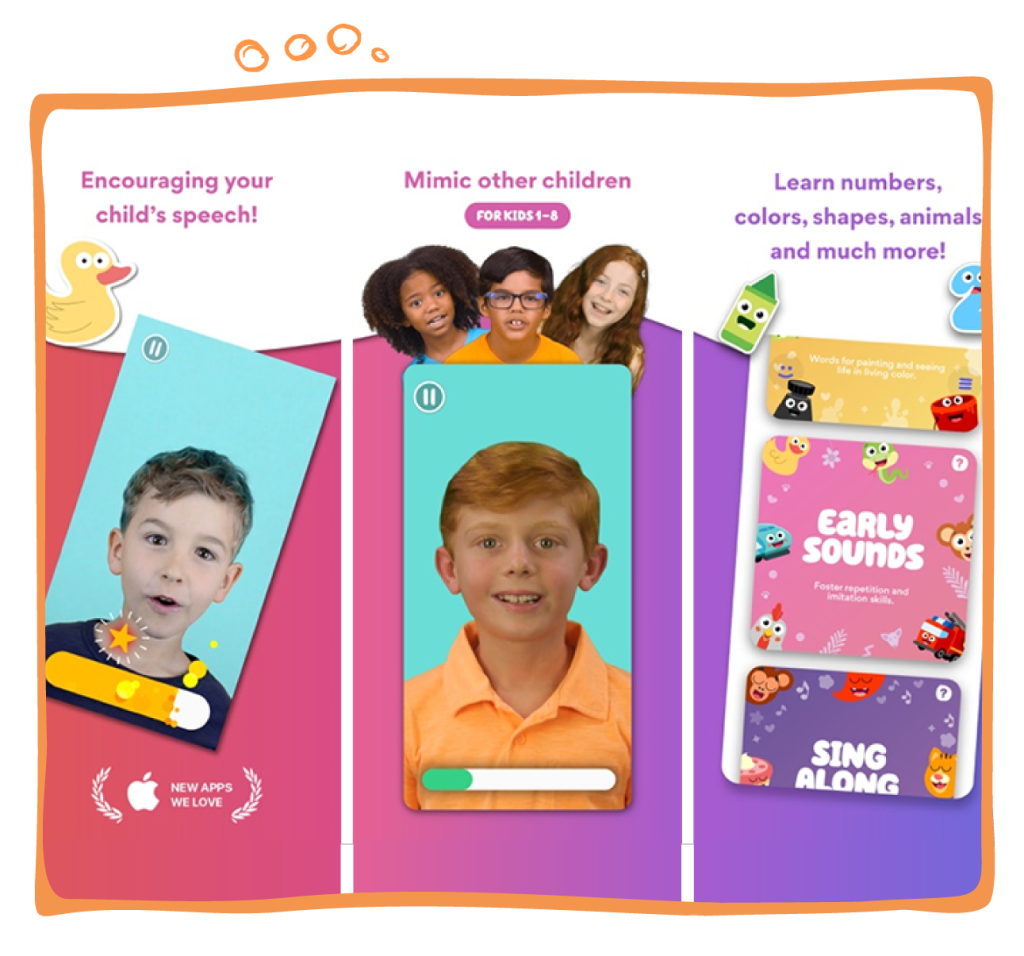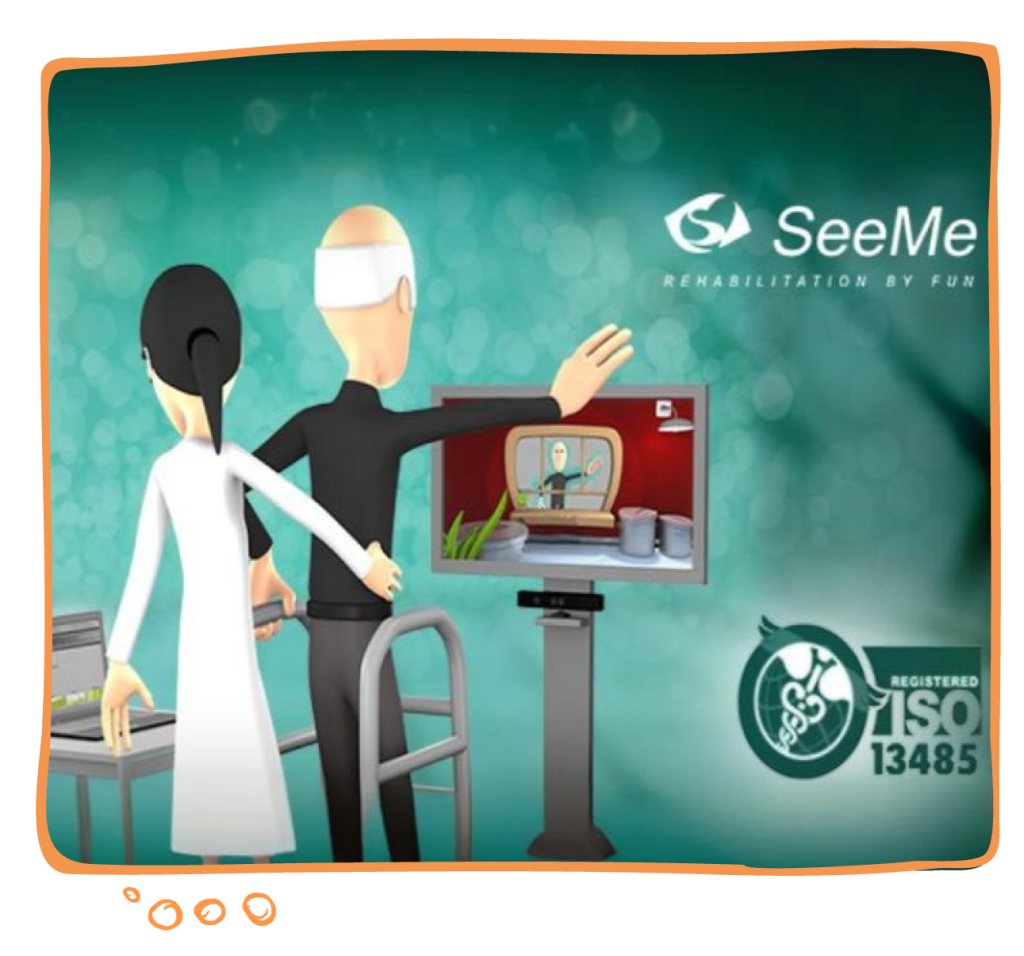Pediatric patients are often considered an especially vulnerable population because of their developing systems, limited autonomy, and reliance on adults for care. When these patients, or their caregivers, face cultural barriers stemming from their language, religion, cultural norms or trust in medical systems, this vulnerability is heightened. To care for these doubly vulnerable children, who account for a significant portion of US pediatric patients, providers need to not only develop cultural competency but also adapt their healthcare materials to align with the language needs and backgrounds of diverse families.
Attention to both language and culture when designing healthcare resources plays a role in reducing patient and family anxiety and increasing trust in the provider; it can also improve children’s pediatric care experiences and outcomes.
Culturalization in Pediatric Healthcare

Culturalization is a deeper and more comprehensive approach to translation used with medical content to ensure it is not only linguistically accurate but also aligned with the values, beliefs, and expectations of the target audience. Adapting tone, terminology, and cultural references is essential to making information more relatable and engaging.
A brochure on childhood immunizations might, for example, be translated into Spanish using the formal mode of address and accessible terminology; be adapted to include photos of Hispanic children and families; and include a section addressing vaccine hesitancy and providing questions families can use to start a conversation with their provider.
The degree to which healthcare materials take patient identities into account influences the way children and parents interact with them, so great attention should be given to tailoring them, especially when they provide key information like treatment options, patient instructions, and health education on a specific topic.
How Sensitive Translation Improves Patient Engagement
Sensitive translation is at the root of culturalization and is essential in fostering patient engagement. Tailoring language and content to local values while maintaining accuracy is of the utmost importance because failure to do so can alienate patients or lead to misunderstandings. Below are some examples of healthcare materials that need to be culturally adapted for diverse audiences to increase understanding and compliance:
- eConsent forms: Adapt legal tone, reading level, and decision-making language. Consider how family roles and perceptions of medical authority vary across cultures (e.g., collectivist vs. individualist decision-making).
- Appointment reminders: Adjust phrasing for formality/informality, preferred time formats (12h vs. 24h), date formats, and cultural holidays or taboos around certain days/times.
- Educational brochures: Localize imagery, health beliefs, metaphors, and instructional tone. For example, dietary advice or symptom explanations may need to align with culturally specific norms and expectations.
The Role of Culturalization in Reducing Anxiety and Building Trust
Recognizing that children’s experiences when they receive medical care can significantly impact their overall well-being, healthcare providers have sought to create more positive and empowering encounters through the CARE model, which stands for Choices, Agenda, Resilience and Emotional support. Culturalization contributes to emotionally safe pediatric care by making this model accessible to all patients. Below is a description of each element of the CARE model and how culturalization supports it.
- CHOICE: Giving patients a sense of control and agency, even in small ways, can significantly reduce their feelings of powerlessness. Providers might, for example, let the child choose which arm they want a shot in or which comfort measures they want to use. Another way they can support choice is by providing culturally adapted consent forms, instructional materials and educational resources to help families make informed decisions in their preferred language.

- AGENDA: Clearly laying out the care plan, including what to expect and what is expected of the patient and family, can alleviate anxiety and promote understanding. Care plans translated using culturally resonant language can help families understand and follow treatment steps confidently.
- RESILIENCE: Focusing on a child’s strengths and reframing negative experiences can help build resilience and foster a more positive outlook. Adapting the tone and content of encouraging messages to a specific cultural context can encourage emotional strength in children facing medical stress.
- EMOTIONAL SUPPORT: Recognizing and validating common fears and anxieties, while providing emotional support, is essential to creating a safe and nurturing environment. Culturally sensitive translations help convey empathy and create emotional safety, making families feel understood and supported.
In short, working in tandem with the CARE model, culturalization fosters trust and reduces anxiety by aligning communication with cultural expectations.
Conclusion
Cultural competency in pediatric care is essential to serving children well. While many things contribute to a culturally competent experience, language access and thoughtful translation are integral to ensuring equity and engagement. By integrating language and cultural adaptation into their practice, health care providers can enhance patient experiences, improve outcomes, and build trust with diverse communities.


















